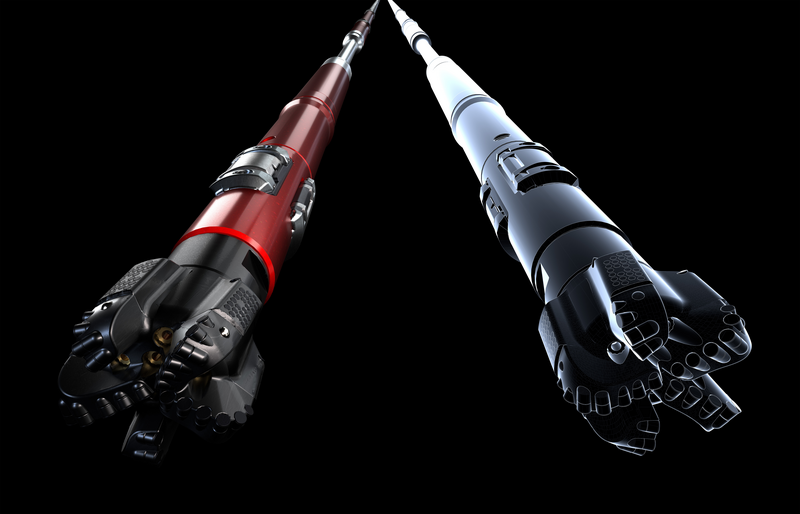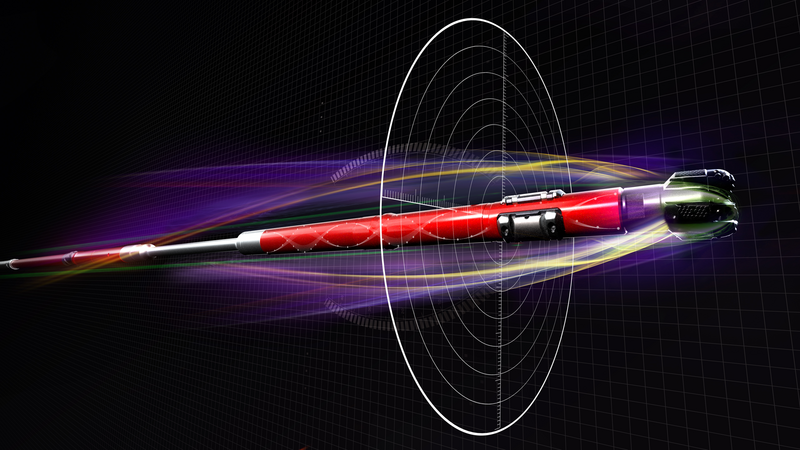 Search
Search
 Search
Search

Transforming operations and improving drilling performance with LOGIX® automation and remote operations.
Download PDFMature Fields

Using automation to improve performance in deep and complex horizontal wells

Colombia

Autonomous drilling denotes the integration of artificial intelligence to revolutionize drilling operations and enhance performance in areas traditionally reserved for human intelligence. These learning platforms analyze extensive downhole data integrated with a digital twin and a physics-based model of the BHA.
Such technology was applied in three horizontal wells in a block located in the western Llanos basin to help mitigate risks associated with the increased complexity of drilling deeper horizontal wells, reduced well quality, and safety hazards.
In a region known as Colombia’s largest and most prolific sedimentary basin, an operator faced multiple well design constraints indicative of the geologic formation trends. These included well trajectory uncertainties associated with subsurface seismic faults, the regressive-transgressive characteristics of the formation drilled, collision avoidance, casing setting depth, operational limitations, downhole pump placement, radius of tolerance (target), and torque and drag considerations.
Increase in ROP
Improvement in casing and liner running speed
The operator selected to transition from a conventional optimization approach, which relies on descriptive analytics models, to a predictive analytics framework where machine learning algorithms play a pivotal role. Intelligent sensors were integrated into the iCruise® intelligent rotary steerable system (RSS) and LOGIX® drilling performance to establish the foundational infrastructure for machine learning models. The key aspects of this integration were to optimize trajectories by reduced tortuosity, maintain close alignment with the directional difficulty index (DDI) as planned, and meet stringent key performance indicator (KPI) targets. The access to data and continuous models for real-time well trajectory design allow prediction of future conditions and compliance with progressively demanding KPI metrics. Because the capability to make data-driven predictions reduces uncertainty, this approach allowed the drilling team to establish scenarios to achieve optimal objectives.
The effective interaction between AI and the directional engineer marked a significant operational milestone for the operator. Human expertise, combined with predicitive analytics technology, formulated recommendations as part of a unified human-AI team. The LOGIX® automation and remote operations helped improve consistency during well construction, clearly demonstrated during the development of three wellpath trajectories.
The team achieved consistent performance improvement and drilling trajectory accuracy, which resulted in a remarkable 33% increase to the rate of penetration (ROP) when compared to traditional drilling methods without human-AI solutions.
The autonomous drilling platform demonstrated consistency between planned and actual DDIs indicated by significant smoothness in hole profiles, which minimized time and effort. Casing and liner run speed additionally improved by 15 to 45%, which reduced deviation from the planned path, enhanced steering efficiency, and minimized the tortuosity impact.
Directional Drilling
Smart design meets drilling automation.
Explore iCruise X
Offers a digital transformation of drilling solutions to reduce operational risks and ensure consistent well delivery.

Reduce well time through fast drilling, fast tripping time and quicker casing drill outs.

Increase the consistency and performance of well construction operations by integrating subsurface automation, digital twins, and remote operations.
